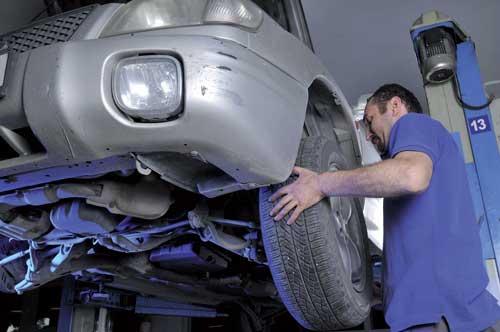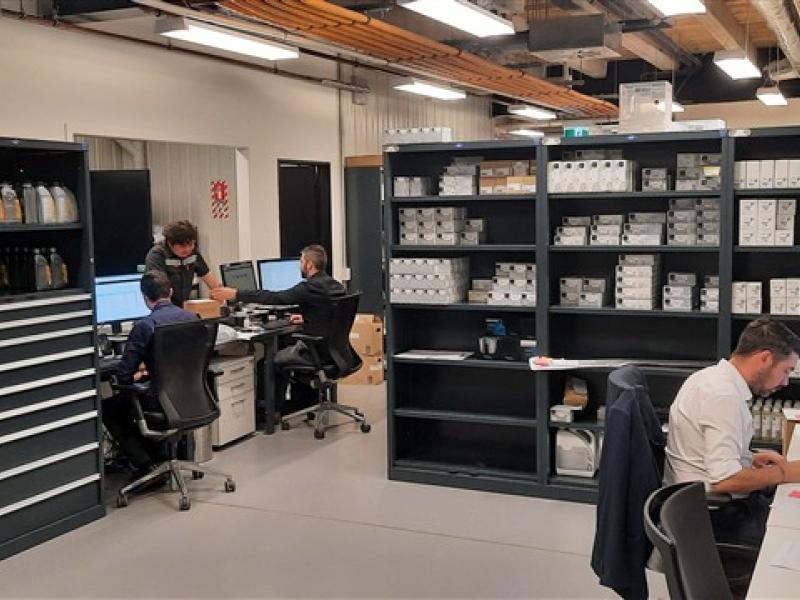The release of the vehicle licensing reform (VLR) discussion document recently by Government has brought to light a number of different responses from the MTA, VTNZ and the New Zealand Automobile Association.
Motor Equipment News has been following the debate and discussions and has summarised the three responses to the release of the document for our readers to digest:
Missed opportunity says MTA
MTA spokesman Ian Stronach said the options announced by Government as part of its Vehicle Licensing Reform provide little in the way of substantive change in the area that offers the greatest opportunity. He says the changes being suggested amount to little more than tinkering at the edges.
According to the MTA the ideas floated in the VLR discussion document concentrate on payment mechanisms more than anything else. Direct debit payments, account management and things like text reminders and early payment incentives form the bulk of the possible changes being considered.
Annual vehicle licensing (registration) could be made simpler and fairer by including licensing fees, or part of these fees, in the cost of fuel at the pump and in Road User Charges. Not only would this reduce overall administration costs to both motorists and Government, but it could be used to better reflect individual driver risk through separating out the ACC component. An ACC component could also be included in vehicle insurance payments, perhaps as compulsory third party insurance.
The costs of annual licensing are ‘flat-lined’ so that the charge to motorists is averaged out with the majority of the fee going towards ACC and the National Land Transport Fund to build and maintain roads. But the way it is applied currently does not take into account that some motorists make far more use of the roads than others, meaning costs are not truly reflected to motorists.
Stronach says that with around nine percent of the light vehicle fleet (300,000 vehicles) at any time being unlicensed, this would also reduce the opportunity to avoid payment, which would in turn reduce the burden on the traffic enforcement and the court system.
While it is possible to use online services for part of the process, the current vehicle licensing system is still very much based around the regular mailing of paper labels from Government to motorists. That in itself is quite archaic, takes up huge administrative resources and still fails to achieve its set objectives. The accuracy level of the licensing database is not high, which has ongoing effects on vehicle safety and enforcement.
Stronach says the MTA is heartened that the discussion document suggests these ideas will be looked at in the future, and it has have arranged a meeting with ACC policy officials in the Department of Ministry of Business Innovation and Employment to discuss ideas.
AA welcomes review
The Automobile Association is welcoming the Government’s discussion document proposing reforms to New Zealand’s Warrant of Fitness (WoF) and Annual Vehicle Licence systems.
“This review proposes the most significant changes to vehicle regulations since the introduction of used Japanese imports in the 1980’s,” says AA spokesperson Mark Stockdale. “It has the potential to save motorists time and money.”
Some of the options under consideration propose less frequent WoFs, but only if this does not compromise vehicle safety.
Compared to other countries, New Zealand has one of the most frequent inspection regimes in the world. Our vehicles are typically inspected every 6,000km, whereas in the UK they’re tested every 19,000km and in Germany every 32,000km.
“We need to have a system that ensures vehicles are safe, but if safety can be maintained or improved with reduced time and cost for motorists then that would be a welcome result,” says Mr Stockdale.
“New Zealand is the only country in the world that requires most vehicles to undergo a safety inspection every six months. Most countries only require an inspection once a year or every two years, and in many Australian and US states, there is no regular inspection at all,” he says.
“It’s been decades since these systems were given a major review and in this time vehicle quality, reliability and safety have all improved enormously. The AA is pleased to see the Government looking at a wide range of options to ensure motorists are getting the best results for safety, value and their time.”
The review is also considering changes to our annual vehicle licensing system (or ‘rego’) and the Certificate of Fitness system.
The AA says that it will be surveying its members to get their views on possible changes to the WoF and vehicle licensing systems.
Is it worth the risk?
Vehicle Testing NZ (VTNZ) says plans to save motorists time and money could have the exact opposite effect – and see an increase in the number of road accidents.
“We support any initiative to make the licensing more efficient and use advances in technology to reduce costs for motorists,” says VTNZ chief executive Mike Walsh.
“But the options need to be well-informed and we’ll be making comprehensive submissions on these options.
“Efficiency gains and short-term cost reductions need to be weighed up against the potential impact on safety. On the face of it, the potential risks are too high and could lead to a significant increase in road accidents.”
Walsh says international research into links between vehicle defects and crashes varies greatly, but it’s ironic that while NZ is looking to relax our inspection system, Europe and the US are looking to tighten theirs.
“Modern cars are built to better standards, but even newer cars wear out tyres and brakes and our roads are some of the toughest in the world. The average age of the New Zealand vehicle fleet is 13 years and one thing we can be sure of is that age and mileage increase the number of defects.
“At the moment half of all cars going for warrants will not pass without some repairs – if the period between inspections doubles, then the number of defects will also increase, quite likely at a faster rate if you think of the compounding or snowballing effect.”
Walsh says most drivers use their WoF as their regular safety and maintenance check. People are used to paying a little, regularly, to keep their car safe – moving to annual checks is also likely to see the average repair bill increase and outweigh any savings.
“Changing behaviour takes time, and there could be significant costs in police enforcement and education that will add to taxpayer costs somewhere else. At the same time, there’s a greater risk of accidents and road deaths.
“No matter how new your car is, or how well you look after it, there’s usually only a white line separating you from the vehicle coming the other way.”
Vehicle licensing reform – the response
Vehicle licensing reform – the response
Other
Wednesday, 10 October 2012






